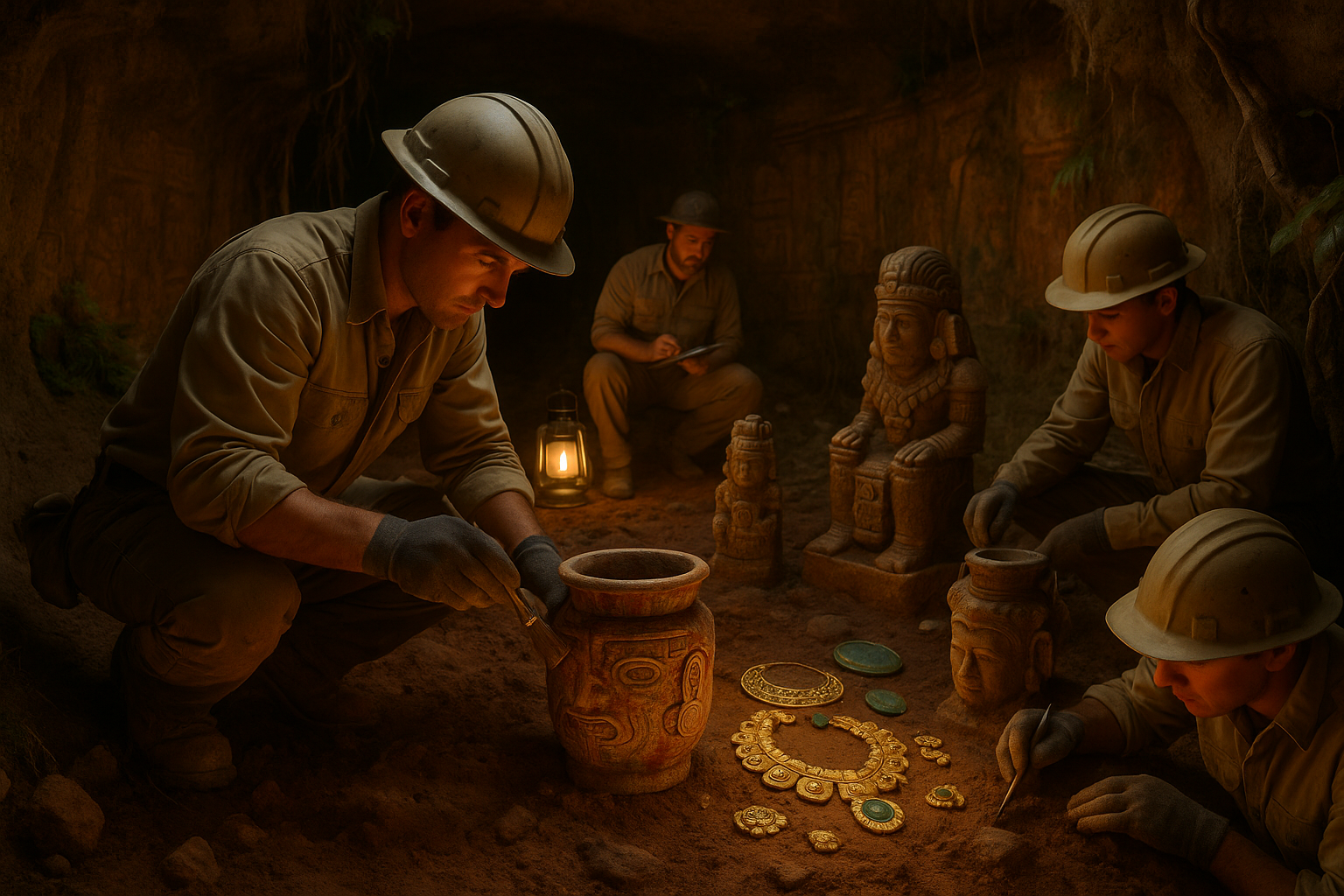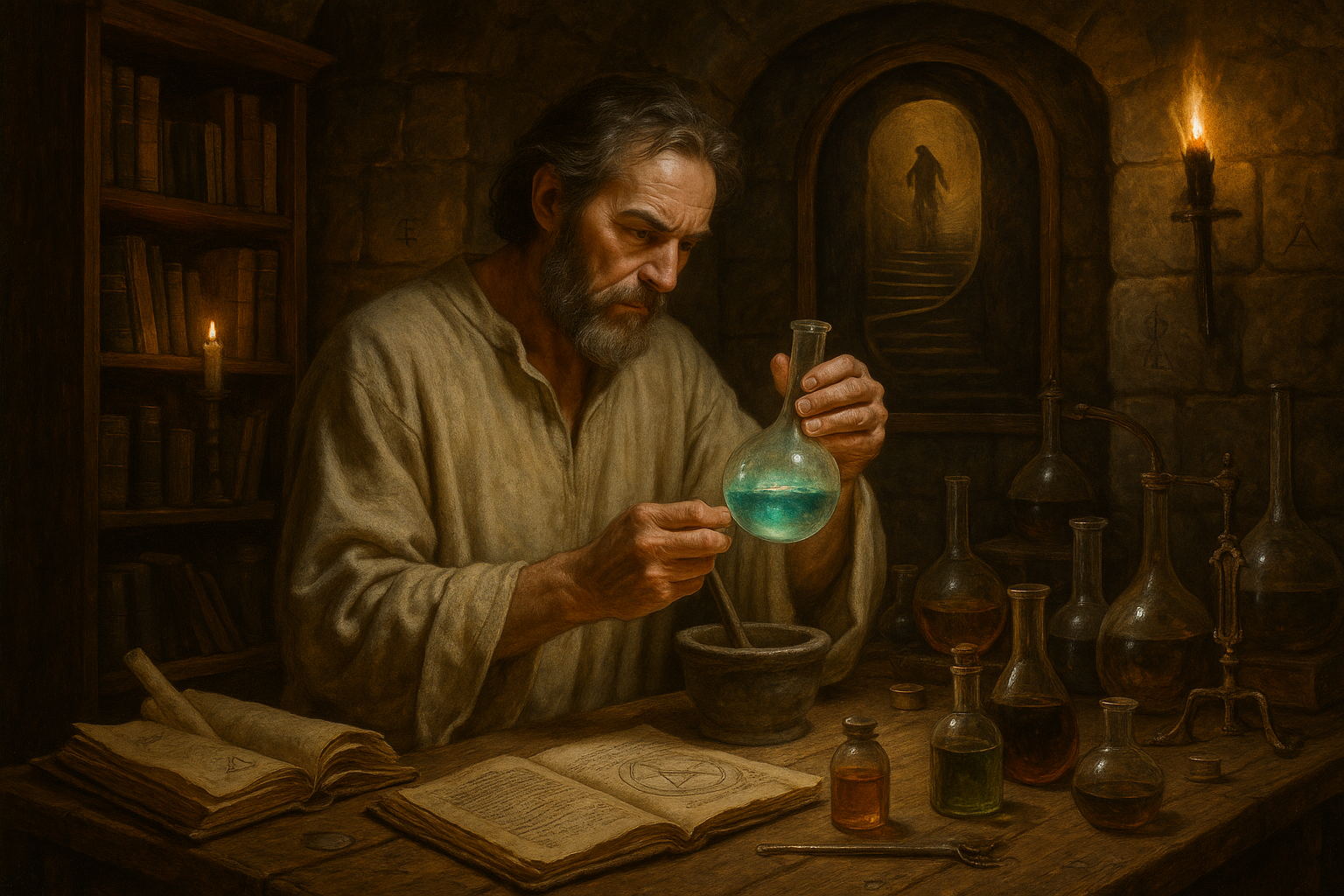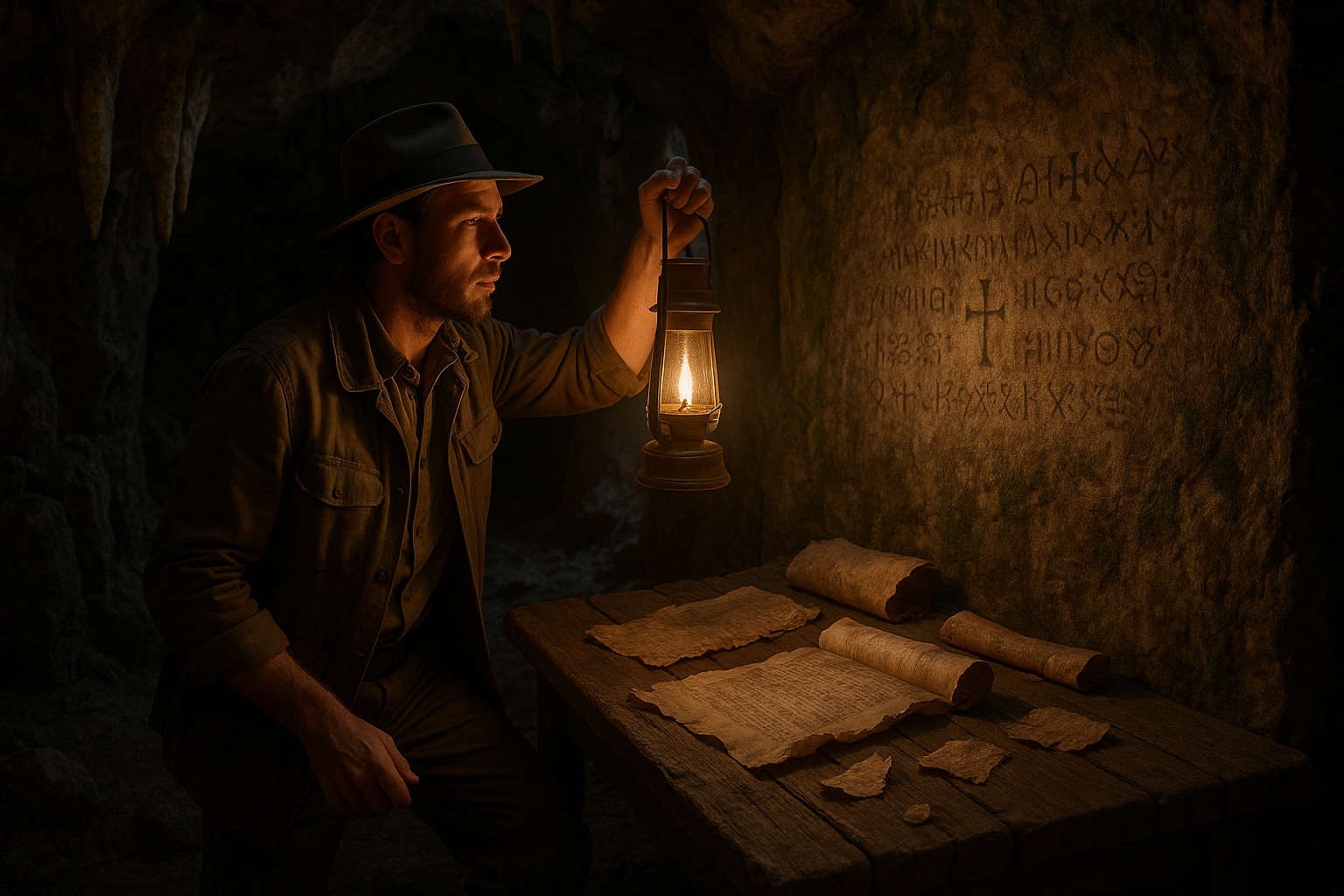Deep beneath the surface of the Mesoamerican landscape lies a world that has fascinated historians, archaeologists, and curious minds for centuries. This subterranean realm, shrouded in mystery and intrigue, holds secrets that speak volumes about ancient civilizations and their complex rituals. One of the most compelling aspects of these underground discoveries is the practice of blood offerings, a ritual that played a significant role in the spiritual and social lives of the Mesoamerican people. 🗝️
As we delve into the depths of these ancient traditions, we uncover a tapestry of beliefs and practices that reveal the intricate relationship between the Mesoamericans and their gods. The significance of blood offerings cannot be overstated; it was a practice deeply woven into the very fabric of their societies. From the majestic temples of the Aztecs to the hidden caves of the Maya, these rituals tell a story of devotion, sacrifice, and an enduring quest for balance and harmony with the divine.
But what exactly were these blood offerings, and why did they hold such a central place in Mesoamerican culture? To answer these questions, we must first understand the broader context of Mesoamerican spirituality. The belief systems of these ancient peoples were rich and multifaceted, with a pantheon of gods and goddesses who governed every aspect of life. Blood offerings were seen as a vital means of communication with these deities, a way to appease them, seek their favor, and ensure the prosperity of their communities.
One might wonder why blood, in particular, was chosen as the medium for these offerings. Blood was considered the essence of life, a sacred substance that had the power to nourish the gods and sustain the cosmos. In the Mesoamerican worldview, the universe was a dynamic and cyclical entity, constantly in need of renewal and balance. By offering their own blood or that of sacrificial victims, the Mesoamericans believed they were participating in a cosmic cycle, giving back to the gods who had created them.
The practice of blood offerings was not uniform across Mesoamerica; it varied greatly among different cultures and regions. For example, the Aztecs are perhaps the most famous practitioners, known for their grandiose rituals and massive human sacrifices atop towering pyramids. These ceremonies, often held in the heart of Tenochtitlán, were public spectacles that reinforced the power and authority of the Aztec state.
In contrast, the Maya engaged in more localized and personal rituals, often conducted in natural settings like caves or cenotes, which they considered sacred portals to the underworld. These intimate ceremonies reflected a different aspect of Mesoamerican spirituality, one that emphasized personal devotion and a direct connection with the divine.
Throughout this article, we will explore these diverse practices in detail, shedding light on the cultural, religious, and social dynamics that shaped them. We will journey through the archaeological discoveries that have brought these ancient rituals to life, examining the artifacts, murals, and codices that offer us a glimpse into the minds and hearts of the Mesoamericans. 🔍
Our exploration will also address the ethical and moral questions that these practices raise for us today. How do we reconcile the beauty and complexity of Mesoamerican culture with the violence inherent in these blood offerings? What can these ancient rituals teach us about our own beliefs and practices in the modern world? These are questions that continue to challenge and inspire scholars and enthusiasts alike.
By the end of this journey, you will have a deeper understanding of the secrets that lie beneath the surface of Mesoamerica, an appreciation for the intricate web of life, death, and rebirth that these blood offerings represent, and perhaps, a renewed sense of wonder at the mysteries of the human spirit. So, prepare to venture into the heart of the earth, where the past and present converge, and the secrets of the subterranean await to be unearthed. 🌎

conclusion
In conclusion, the exploration of Mesoamerican blood rituals reveals far more than acts of sacrifice—it exposes a profound worldview where life, death, and the divine were intertwined in a cycle of cosmic balance. For the ancient civilizations of Mesoamerica, blood was not merely a physical substance but a sacred conduit of energy, a living offering that sustained the universe and honored the gods who governed creation and renewal. Through the rediscovery of these practices, archaeologists and historians are uncovering not just the rituals themselves, but the spiritual logic that gave them meaning.
What may appear as brutality to modern eyes was, in the context of these cultures, an act of devotion and reciprocity. By offering the essence of life, the people sought harmony between the earthly and celestial realms—a gesture meant to ensure fertility, prosperity, and cosmic stability. Temples, carvings, and codices still whisper the echoes of these beliefs, reminding us that Mesoamerican societies understood blood as a universal language between humanity and the divine.
Today, as we unearth these ancient secrets, we gain a deeper appreciation for the complexity of Mesoamerican spirituality and its symbolic sophistication. These practices, though often sensationalized, were rooted in philosophical depth and cosmic duty rather than mere violence. They challenge modern assumptions about faith, morality, and the meaning of sacrifice.
Ultimately, the study of Mesoamerican blood rituals invites us to reflect on the timeless human quest to connect with forces greater than ourselves. It shows how civilizations across time have used ritual, art, and belief to interpret existence and preserve the rhythm of life. By understanding their world through their own lens, we move beyond judgment—and toward a genuine reverence for the enduring mysteries that shaped one of humanity’s most intricate spiritual legacies.



